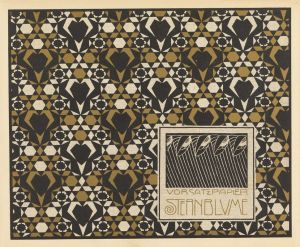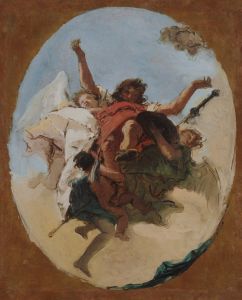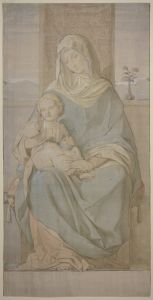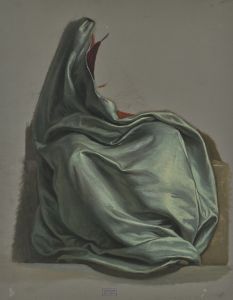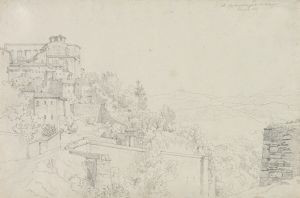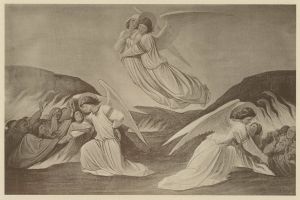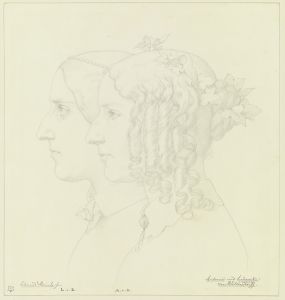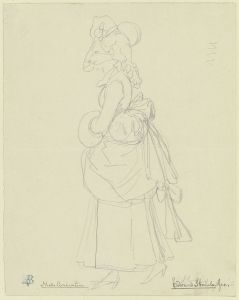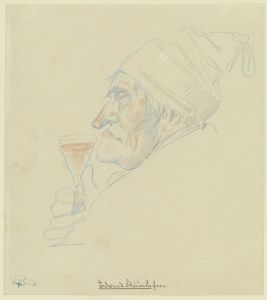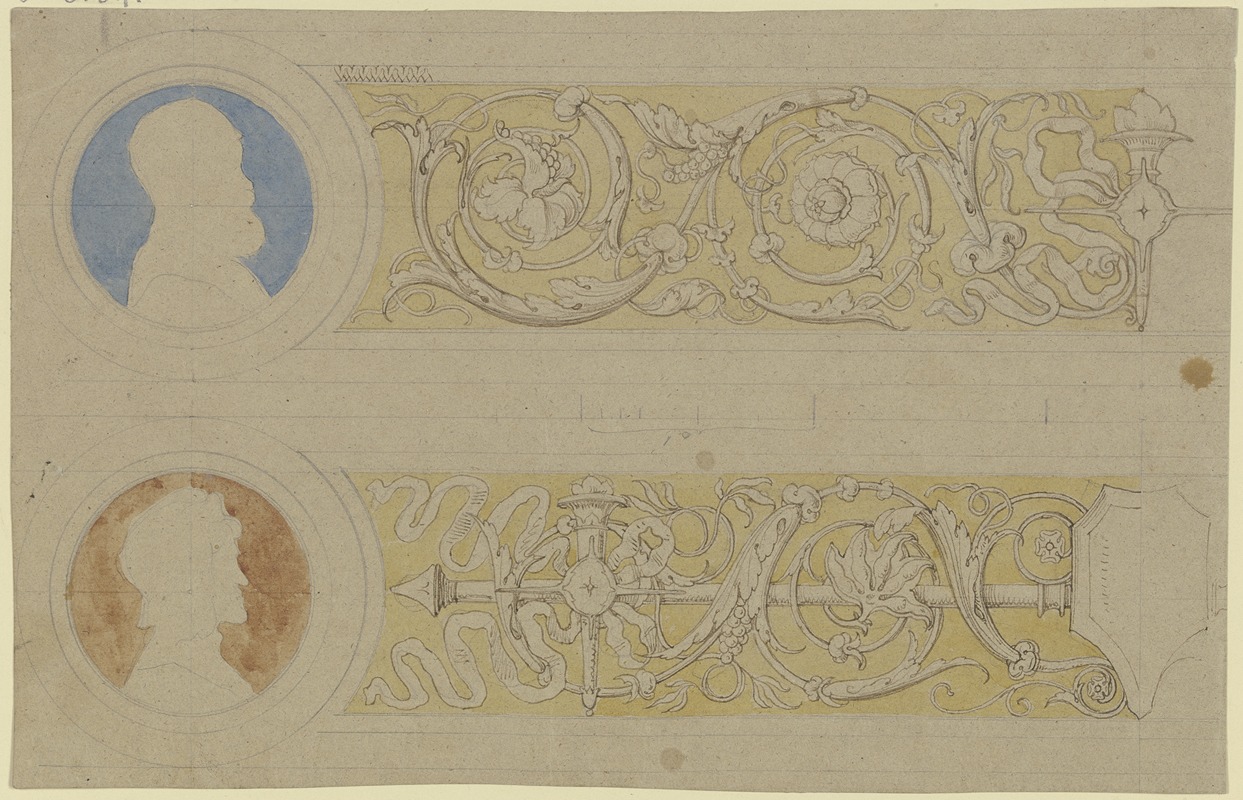
Ornament zur Einfassung der Veitschen Freskobilder im Städelschen Institut.
A hand-painted replica of Eduard von Steinle’s masterpiece Ornament zur Einfassung der Veitschen Freskobilder im Städelschen Institut., meticulously crafted by professional artists to capture the true essence of the original. Each piece is created with museum-quality canvas and rare mineral pigments, carefully painted by experienced artists with delicate brushstrokes and rich, layered colors to perfectly recreate the texture of the original artwork. Unlike machine-printed reproductions, this hand-painted version brings the painting to life, infused with the artist’s emotions and skill in every stroke. Whether for personal collection or home decoration, it instantly elevates the artistic atmosphere of any space.
Eduard von Steinle (1810-1886) was a prominent German painter associated with the Nazarene movement, which sought to revive honesty and spirituality in Christian art. One of his notable works is the "Ornament zur Einfassung der Veitschen Freskobilder im Städelschen Institut," which translates to "Ornament for the Framing of the Veit Fresco Pictures in the Städel Institute."
The Städel Institute, also known as the Städel Museum, is one of Germany's oldest and most significant art museums, located in Frankfurt am Main. The museum was founded in 1815 by the banker and art patron Johann Friedrich Städel. It houses an extensive collection of European art from the Middle Ages to the present day.
Eduard von Steinle's contribution to the Städel Institute includes his work on the frescoes, specifically the ornamental framing of these frescoes. The frescoes themselves were created by Philipp Veit, another key figure in the Nazarene movement. Veit's frescoes at the Städel Institute are celebrated for their religious and historical themes, executed with a meticulous attention to detail and a deep sense of spirituality.
Steinle's ornamental work serves as a decorative border that complements and enhances Veit's frescoes. The ornamentation is characterized by intricate designs that reflect the Nazarene movement's emphasis on medieval and early Renaissance art styles. These designs often include floral motifs, geometric patterns, and symbolic elements that align with the themes depicted in the frescoes.
The collaboration between Steinle and Veit at the Städel Institute is a testament to the cohesive vision of the Nazarene artists, who sought to create a harmonious and spiritually uplifting environment through their art. Steinle's ornamental framing not only adds aesthetic value to Veit's frescoes but also helps to integrate the artwork into the architectural space of the museum.
Eduard von Steinle's work at the Städel Institute is an important example of his artistic legacy and his contribution to the Nazarene movement. His ability to create detailed and meaningful ornamentation that complements larger works of art is a testament to his skill and dedication as an artist.
The "Ornament zur Einfassung der Veitschen Freskobilder im Städelschen Institut" remains an integral part of the Städel Museum's collection, reflecting the rich artistic heritage of the 19th century and the enduring influence of the Nazarene movement on European art.





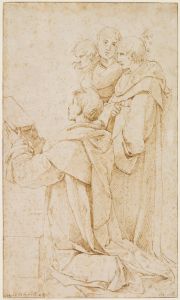
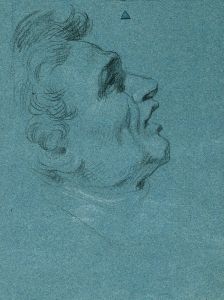
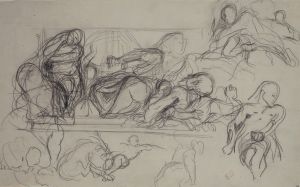
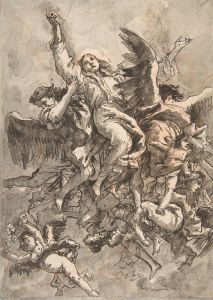
![Miscellaneous small sketches for inlaid table tops.] [Design with circular and geometric motif](/imgs/249433/s/winold-reiss-miscellaneous-small-sketches-for-inlaid-table-tops-design-with-circular-and-geometric-motif-3afe4da6.jpg)
